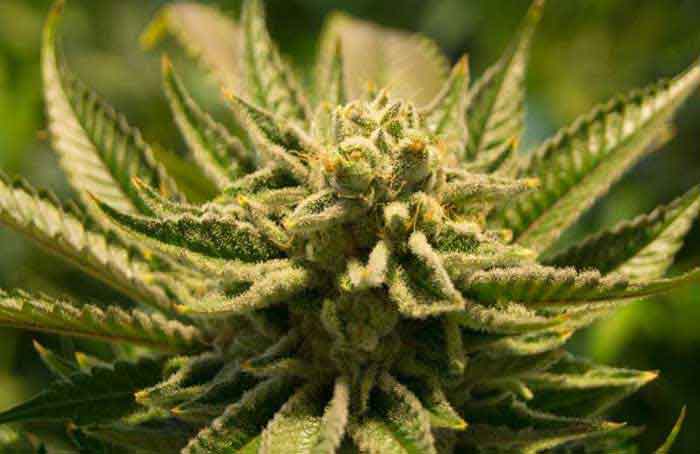One in five Americans lives in a state where it’s legal to use marijuana without a doctor’s prescription. Yet we know surprisingly little about the drug’s effects on our health. Rumors abound, while the science is sparse.
One of the most common rumors is that marijuana today is stronger than it was in the 1970s and 80s. The truth: yes and no.
Dispensaries in some states are routinely selling flower that is “at least five times as strong” as it was 40 years ago, Christian Hopfer, a professor of psychiatry at the University of Colorado at Boulder’s Anschutz Medical Campus and one of the lead researchers on a forthcoming $5.5-million study of cannabis, told Business Insider. Hopfer’s study will be the largest and most long-term analysis of cannabis to date.
Hopfer’s research has taken him to dispensaries around the state of Colorado, where he said he’s seen a variety of marijuana sold with a content breakdown of around 25% THC, the active ingredient in marijuana that’s responsible for the high.
“It used to be 2-5%, so this stuff is potent,” Hopfer said.
That’s not just true in Colorado.
The THC content of marijuana across the US has tripled since 1995, according to a large recent study. For the study, researchers at the University of Mississippi reviewed close to 39,000 samples of cannabis that had been seized across the country by the Drug Enforcement Administration. While THC levels hovered around 4%, on average, in 1995, they skyrocketed to roughly 12% in 2014.
Meanwhile, the CBD content in marijuana — the part that’s responsible for many of the drug’s therapeutic effects — has dropped, the researchers found, shifting the ratio of THC to CBD from 14:1 in 1995 to about 80:1 in 2014.
Still, tracking THC potency over time can be tricky. The older a weed sample gets, the more its THC appears to degrade. How it is stored matters too. These are two barriers that could be interfering somewhat with the metrics on pot’s potency.
A 2012 review of 17 studies analyzing marijuana potency, for example, noted that most of the studies they reviewed did “not describe relevant information about the features (i.e. conservation status and age of the sample) of the analyzed … cannabis samples.”
Nevertheless, most researchers agree that weed appears to be getting progressively stronger, although they differ in opinion about precisely how much.
There’s another issue at play here. While researchers might be able to conclude that weed is getting stronger, they can’t necessarily say whether or not people are increasing their dose — or by how much.
A 2014 study published in the journal Addiction, for example, found that regular weed users naturally adjust their consumption somewhat based on potency, inhaling less smoke when the marijuana is higher in THC. Despite taking smaller inhales, however, those users still took in a higher THC dose. The researchers were not able to draw any definitive conclusions about the potential ties between higher doses and addiction. A more important predictor of addiction, they concluded, was people’s individual smoking behavior (i.e. how many puffs they took, how much smoke they inhaled, and how long their puffs lasted).
In this setting, a new approach to addressing cannabis — and its dosage — is desperately needed, Hopfer said.
“I think we’ve dealt with marijuana historically from a criminal justice perspective, but if you switch to an environment where it’s legal, you switch to a public health perspective. And to do that right, we need more scientific research.”
News Moderator: Ron Strider 420 MAGAZINE ®
Full Article: Marijuana has gotten stronger, more potent, says researcher – Business Insider
Author: Erin Brodwin
Contact: Contact – Business Insider
Photo Credit: CC0 Public Domain
Website: Business Insider















